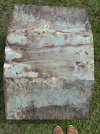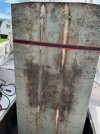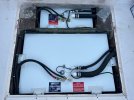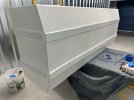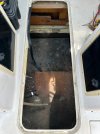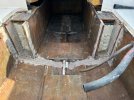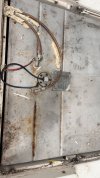- Joined
- Dec 4, 2023
- Messages
- 4
- Reaction score
- 0
- Points
- 1
- Age
- 72
- Model
- Gulfstream
Recently bought a 2002 232.
It has the original aluminum fuel tanks. I've read numerous comments about expected life of the tanks as 15-20 years. It is, and has been, a saltwater boat. Anyone have any info on pressure checking the tanks for leaks? Good idea or bad idea. Suggestions on how to do it? Looks like one vent hose has been replaced. Any suggestions on replacing all the hoses?
Any tips on how to wash down the fuel tanks? Do I need to remove the floor hatches to do it correctly or just remove the access covers? I've read this is recommended annually, thoughts?
Are plastic fuel tanks available and are they a good idea?
Thanks for sharing your wisdom and knowledge.
Cheers
It has the original aluminum fuel tanks. I've read numerous comments about expected life of the tanks as 15-20 years. It is, and has been, a saltwater boat. Anyone have any info on pressure checking the tanks for leaks? Good idea or bad idea. Suggestions on how to do it? Looks like one vent hose has been replaced. Any suggestions on replacing all the hoses?
Any tips on how to wash down the fuel tanks? Do I need to remove the floor hatches to do it correctly or just remove the access covers? I've read this is recommended annually, thoughts?
Are plastic fuel tanks available and are they a good idea?
Thanks for sharing your wisdom and knowledge.
Cheers


